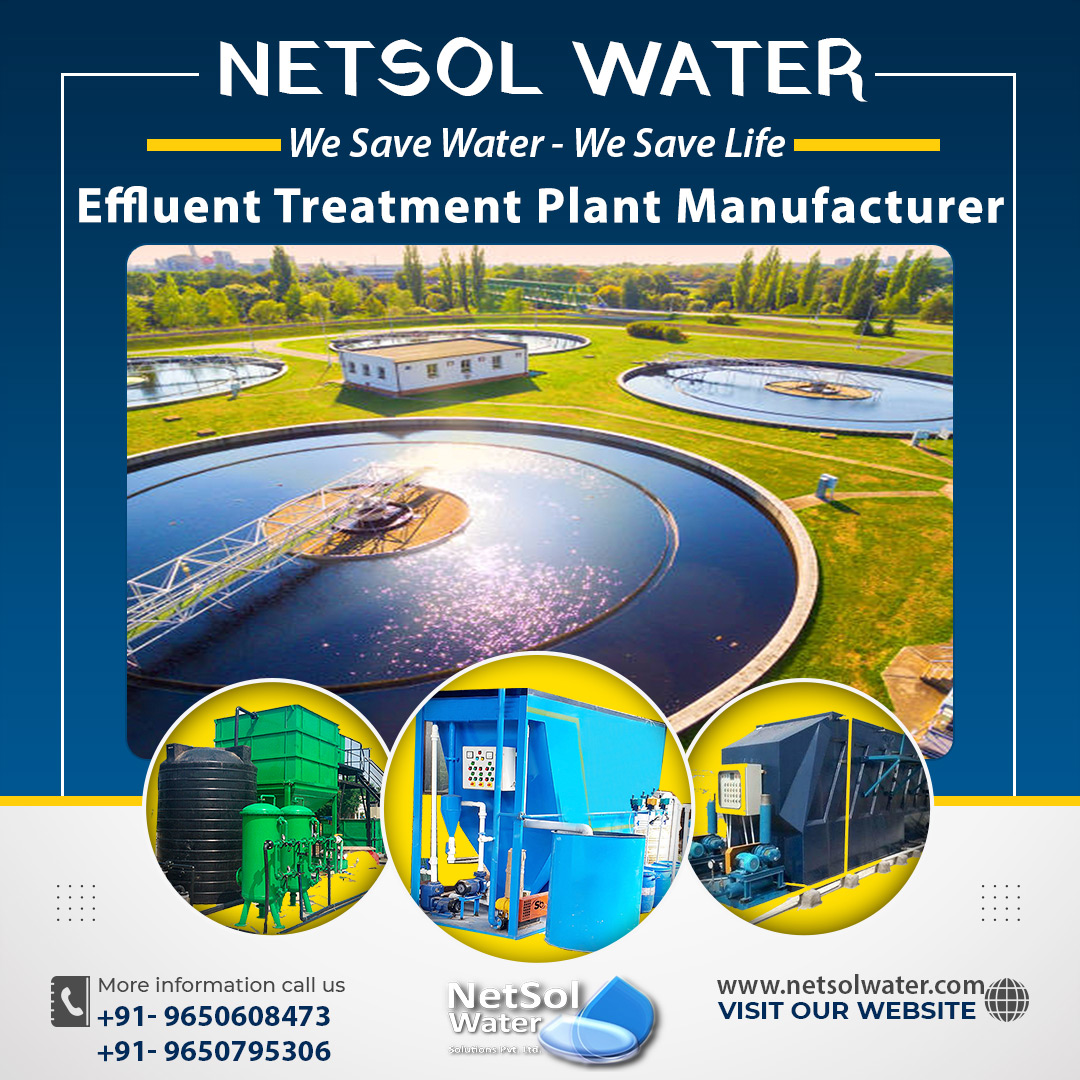In recent years, hospitals have become big daily water consumers, and as the medical industry has advanced, so has the amount of wastewater the hospitals produce. Hospital wastewater that contains infectious and dangerous pollutants needs to be treated, before being dumped into the sewer.
Let’s discuss various techniques for wastewater treatment in hospitals.
Evaluation of wastewater processes to improve hospital care
Hospitals rely on a regular supply of high-purity water to disinfect equipment’s in order to prevent, the spread of resistant germs and to prolong the lifespan of essential endoscopes and medical instruments.
It is crucial to make sure that investments made to maintain or replace high-risk estates, are made in the most cost-effective way possible. The high-risk estate refers to areas that need to be repaired as soon as possible to prevent catastrophic failure, significant disruption of clinical services, or safety deficiencies liable to cause serious injury or prosecution.
Endoscopes and other non-thermally sterile medical instruments must be cleaned with pure water. Therefore, endoscopes and other tools require chemical disinfection and purified water washing.
What are the Techniques for wastewater treatment in hospitals
1- Reverse Osmosis
Only water molecules can pass through RO, a pressure-driven process used to remove dissolved solids and tiny particles. In order for water to be able to overcome the osmotic pressure, there must be sufficient pressure delivered to the RO system.
Since, RO membranes have considerably tighter pores than UF membranes and can effectively remove all particles, bacteria, and organics, they require less upkeep. They also transform hard water into soft water.
2- Nanofiltration
Because, NF can eliminate ions that greatly increase osmotic pressure, it can operate at pressures lower than RO. Some extremely polluted waters require pre-treatment before NF can work, since membranes are sensitive to free chlorine.
3- Electrolysis
The process of electrolysis breaks down the complex structure, into its constituent parts. By passing an electric current through a substance or mixture of components, frequently in liquid form, it is possible to create a chemical reaction.
4- Aeration
To promote the conversion of NH3 to NO3 and to give oxygen for bacteria to continue to multiply and flourish, aeration air is pushed into the aeration tank or basin.
Once the nitrate molecules have been transformed to NO3, the bacteria strip/remove the oxygen molecules, releasing the nitrogen (N) as N2 (nitrogen gas).
The primary goal of wastewater treatment is to break down organic material by promoting, and accelerating the natural activity of microorganisms. The aeration tank is where it all starts. The tank can be aerated by pumping and diffusing air into it, or by vigorous agitation that aerates the water. The optimal circumstances are created throughout this phase to promote bacterial growth.
Conclusion
Hospital wastewater is contaminated with germs, radionuclides, chemical reagents, pharmaceutical residues, and other hazardous materials. Wastewater has different characteristics, amounts, and management methods. While, some hazardous substances found in hospital wastewater (HWWs) may have regulatory status and should be handled accordingly, others resemble household sewage.
What do we offer?
By collaborating with a water technology specialist like Netsol Water, hospitals may receive a customized solution that includes advice, water treatment system design, installation, testing, and maintenance to guarantee a consistent supply of compliant, purified water.
To summarize, there are numerous methods for the disposal of hospital wastewater. Netsol Water is a prominent producer of hospital wastewater treatment plants in Delhi - NCR, India.




